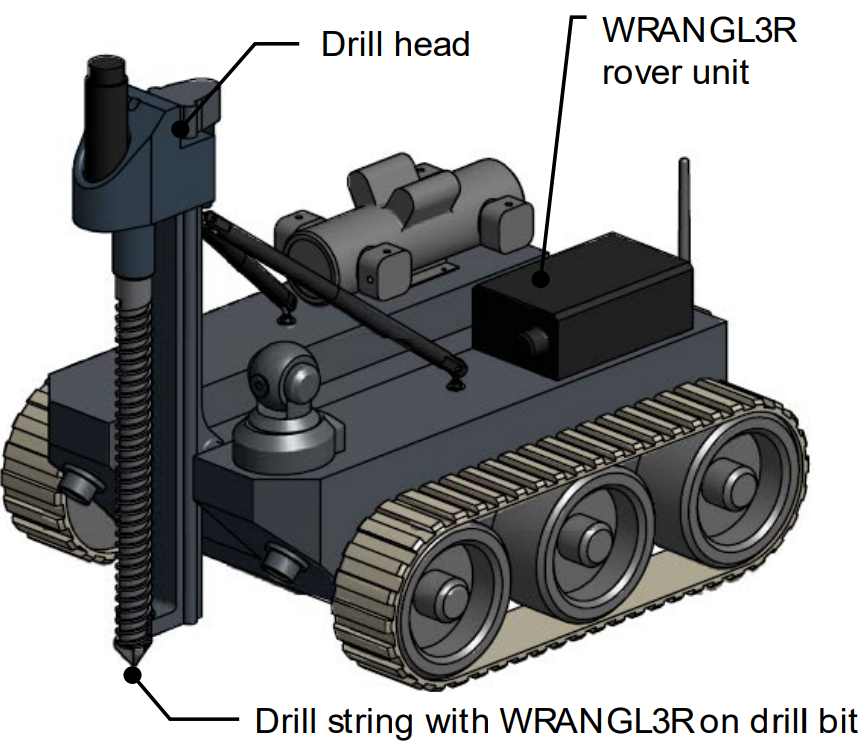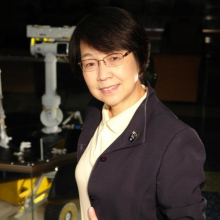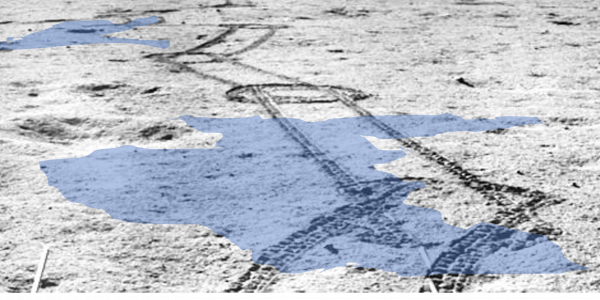As we venture deeper into space, the importance of power and in-situ resource utilization (ISRU) grows. Generating products with local materials becomes crucial, reducing the dependency on supplies from Earth.
To pave the way for future endeavors on Mars, NASA is currently researching and developing systems for the Moon, recognizing it as an invaluable testbed for ISRU technologies for planetary exploration.
Under the Lunar Surface Technology Research (LuSTR) program, NASA's Space Technology Mission Directorate (STMD) has selected six project proposals to advance technologies for lunar surface exploration. Technologies developed under LuSTR will support the Artemis and Commercial Lunar Payload Services (CLPS) programs and will assist human explorers in generating products using local materials on the Moon.

Washington University in St. Louis, in collaboration with Impossible Sensing, has received funding from LuSTR for their project known as WRANGL3R (Water Regolith ANalysis for Grounded Lunar 3D Reconnaissance). This project, led by the WashU Planetary Spectroscopy team and partnered with Impossible Sensing since 2021, has been aimed at developing a miniaturized sensor using Laser-Induced Breakdown Spectroscopy (LIBS) technology. The sensor will be integrated into a drill bit on a planetary rover to quantify the three-dimensional distribution of water ice in lunar regolith at the Moon's polar region in order to support the resource survey in the next step of lunar exploration.
The LuSTR program held a Closeout Briefing meeting on July 10, 2024, where the WRANGL3R team members presented the details of their three years of development. Despite facing various challenges, including those caused by the COVID pandemic, the project successfully conducted a prototype test in May 2024 that demonstrated a Technology Readiness Level of 4 for their design. The test validated the proper functioning of WRANGL3R in a planetary drill at -10C at a laboratory at HoneyBee Robotics and obtained not only information on the amount of water but also other compositional data of local lunar materials.

Dr. Alian Wang, Research Professor of Earth, Environmental, and Planetary Sciences (EEPS) and a McDonnell Center for the Space Sciences (MCSS) fellow, was the principal investigator of WRANGL3R, leading the research team and reconnaissance instrument development. Dr. Pablo Sobron, a former postdoc of Professor Wang and the creator and leader of Impossible Sensing, contributed to the major technical engineering aspects of the project. Laser physicist, Dr. Jie Wei, a Staff Scientist (EEPS), was responsible for micro-chip laser development. Postdoctoral associate Abhay Vidwans (Physics), and graduate students Copland Yong (EEPS) and Maxwell Adolphson (Electronic Engineering and Optical Engineering) also participated in the project at different stages.
"A research university like Washington University should maintain a strong and resilient workforce to explore the frontline of science, to bridge the gap between science and technology, and to guide the younger generation through challenges," said Wang.
This collaborative effort between Washington University in St. Louis and Impossible Sensing combines their respective expertise in lunar science, spectroscopy, laser and spectrometer development, and resource exploration research. LuSTR aims to stimulate lunar technology development and accelerate the readiness of critical lunar technologies and components.
"The system developed by the WRANGL3R LuSTR program is a smart, effective, and technically advanced way to prospect robotically for subsurface ice in lunar polar regions,"said Bradley Jolliff, the Scott Rudolph Professor of Earth, Environmental, and Planetary Sciences and Director of the McDonnell Center for the Space Sciences. Jolliff is a well-known lunar scientist and co-investigator of the WRANGL3R project. "This technology has the potential to "prove" the Moon's polar ice deposits. This development also represents an outstanding example of partnership between the University and commercial engineering partners at Impossible Sensing and Honeybee Robotics."
This project, along with other advancements under LuSTR, aims to pave the way for future strategies in lunar in-situ resource utilization. NASA aims to characterize and map resources in lunar regolith, laying the foundation for sustainable lunar exploration.
Header image: Rover tracks on a planetary surface with potential subsurface ice (in blue)





